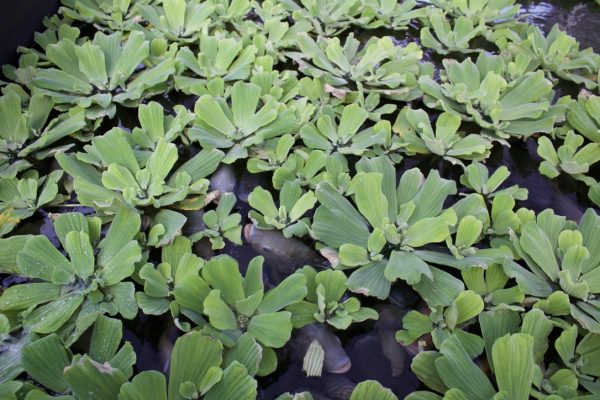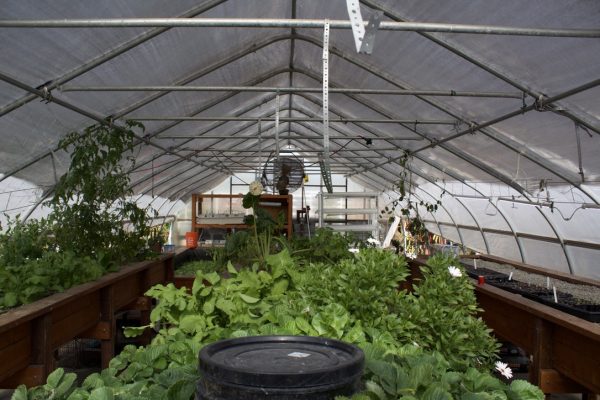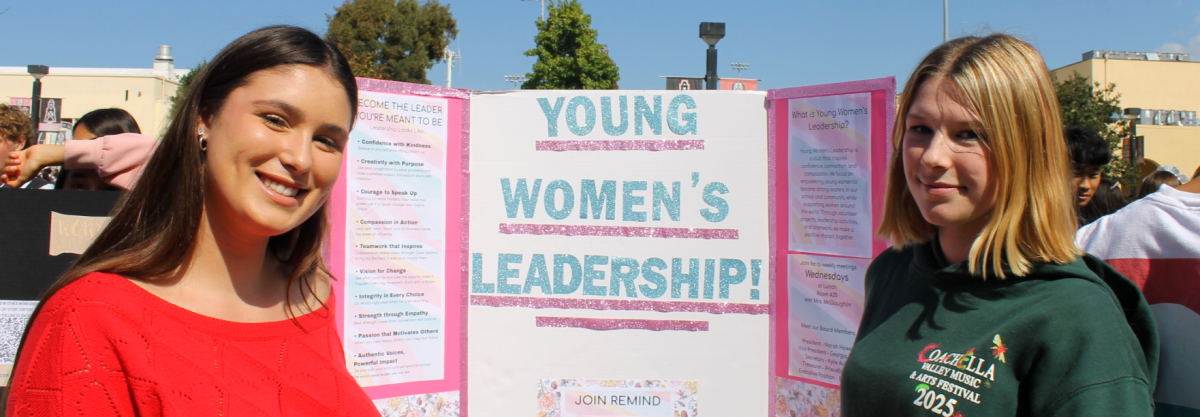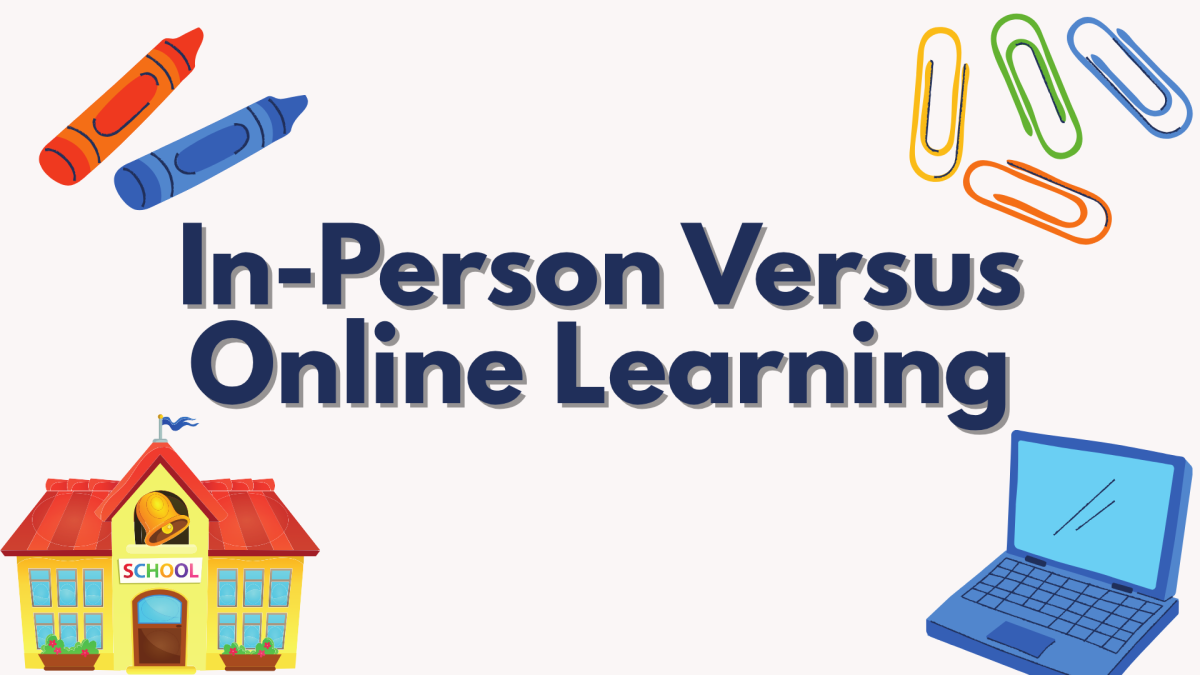Sustainable Agriculture is a program at Huntington Beach High School (HBHS) where students experience their required biology class from a different perspective. The class is centered around growing plants, tracking their growth, collecting field notes and learning the basics of biology through various labs. “Sus Ag” (as referred to by one of the teachers) is an Agriculture CTE Pathway with challenging coursework. Students begin by enrolling in Sus Ag, which forms the basis for Farm to Fork, the class they typically advance to in their senior year.
While students in traditional biology work on textbook-based assignments, Sustainable Agriculture focuses more on labs and hands-on activities.
Sarah Hatfield, the Sustainable Agriculture teacher at HBHS, said, “We have a lot more project-based and hands-on activities, so it’s a little bit more engaging than just reading a textbook and memorization.”
Sustainable Agriculture is an advanced class, so some students struggle to keep up with the work. The “Fermentation,” “Wisconsin Fast Plants,” and the “Plant Pigment Lab” are just a handful of studies students participate in. They also keep plants throughout the year while learning about the different methods of farming and agriculture including hydroponic gardening and winemaking.
Hatfield said, “We do think more big picture than some of the more narrower classes, so the [classes] can be a little bit harder for those students because they have to think outside the box.”

During one of the activities in Farm to Fork, students maintain an aquaponic system: a food-production system that reuses wastewater from aquaculture, or fish, as a natural source of fertilizer. The aquaculture used in this system is a fish called Tilapia. Students take care of and feed the Tilapia while their waste contributes to the growth of the plants as fertilizer.
Students in Sustainable Agriculture have already kicked off their year by starting to grow their own plants. Their first project is called “Wisconsin Fast Plants.” Students are put into groups of 4 and given seeds, soil, a planter box, and fertilizer to begin. After planting the seeds in the planter box, students are responsible for watering and maintaining the plants.
There are a total of 5 units this semester, each ending in a unit test about their findings. The tests cover readings, class notes, labs, in-class assignments and homework. Throughout the semester, students are tested on agriculture, cellular structure and function, plant physiology and photosynthesis, cell growth and repair, as well as agricultural genetics.

With all the various labs students are involved in, many find this class challenging. While there isn’t too much homework in the class, students find the labs and the projects time-consuming.
Julia O’Brien, a freshman at HBHS, says “You do have to do a little more work, and you have to be focused but it’s worth it in the end.”
Sustainable agriculture is a class that overlooks biology in a different perspective. It can be a wonderful experience for incoming freshman and a great path to take in their high school years.








